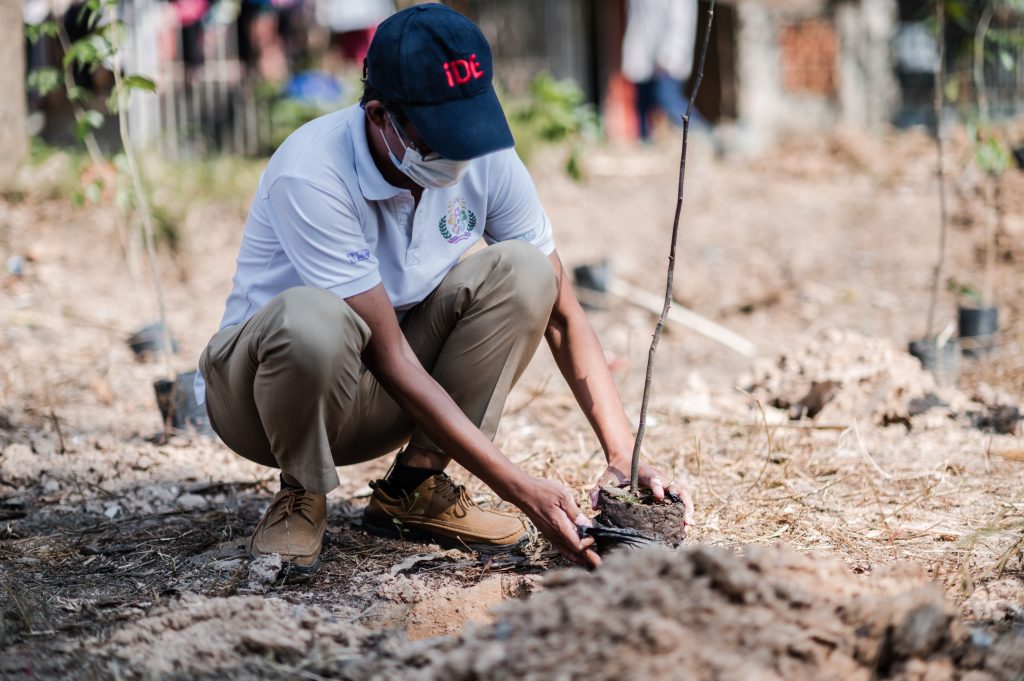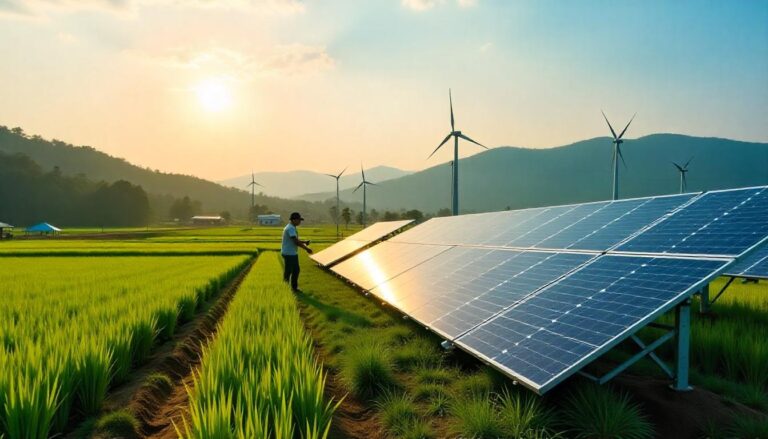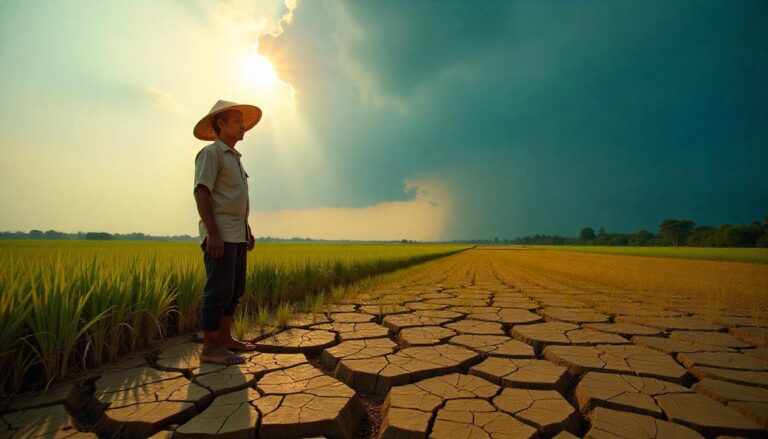How Cambodia is Fighting Climate Change: Government Policies & Initiatives

Cambodia, a Southeast Asian nation rich in natural resources, is facing significant climate challenges. Rising temperatures, unpredictable rainfall, and extreme weather events threaten its agriculture, water security, and livelihoods. However, Cambodia has taken proactive steps to combat climate change through strategic policies and initiatives. This article explores how Cambodia is addressing climate change through government policies, international partnerships, and innovative sustainability projects.
1. Cambodia’s Climate Change Challenges
Cambodia is one of the most vulnerable countries to climate change, with key challenges including:
- Extreme weather patterns: Increasing floods, droughts, and storms disrupt farming and daily life.
- Deforestation: Illegal logging and land encroachment reduce forest cover, affecting biodiversity and carbon sequestration.
- Agricultural vulnerability: Unpredictable weather impacts rice production and food security.
- Urbanization and emissions: The rapid growth of cities like Phnom Penh leads to higher energy consumption and pollution.
Addressing these issues requires a combination of policies, sustainable development, and international support.
2. Cambodia’s National Climate Change Policies
2.1. Cambodia Climate Change Strategic Plan (CCCSP) 2014–2023
The CCCSP was Cambodia’s first comprehensive climate policy, integrating climate resilience and low-carbon growth into national development plans. Its key goals include:
- Enhancing adaptation to climate change impacts.
- Promoting sustainable economic growth.
- Strengthening institutional and policy frameworks.
- Mobilizing climate finance for green projects.
2.2. Nationally Determined Contributions (NDCs) and Emission Reduction Goals
Cambodia submitted its updated NDCs in 2020, pledging a 41.7% reduction in greenhouse gas emissions by 2030. Key focus areas include:
- Energy sector: Expanding renewable energy sources like solar and hydro.
- Agriculture: Promoting climate-smart farming techniques.
- Forestry: Implementing reforestation and afforestation programs.
- Waste management: Reducing methane emissions through improved waste disposal systems.
These efforts align with Cambodia’s long-term goal of achieving sustainability while balancing economic growth.
2.3. Long-Term Strategy for Carbon Neutrality (LTS4CN)

In 2021, Cambodia became the first ASEAN country to submit its Long-Term Strategy for Carbon Neutrality, targeting net-zero emissions by 2050. Strategies include:
- Phasing out coal power and increasing solar and wind energy.
- Expanding electric transportation networks.
- Enhancing sustainable forest management.
- Strengthening climate resilience in vulnerable communities.
This plan underscores Cambodia’s commitment to environmental sustainability and climate leadership.
3. Key Climate Change Initiatives & Projects
3.1. Renewable Energy and Green Technology
Cambodia is transitioning toward clean energy through
- Solar energy expansion: Increased investment in solar farms to reduce reliance on fossil fuels.
- Hydropower development: Large-scale projects providing clean electricity but raising environmental concerns.
- Energy efficiency programs: Encouraging businesses and households to adopt energy-saving practices.
These initiatives aim to ensure a sustainable and resilient energy sector.
3.2. Reforestation and Biodiversity Protection
To combat deforestation and restore ecosystems, Cambodia has implemented:
- Protected area expansion: Establishing conservation zones to preserve wildlife and forests.
- REDD+ programs: Internationally funded initiatives to reduce deforestation and carbon emissions.
- Mangrove restoration: Strengthening coastal ecosystems to protect against rising sea levels.
These efforts help absorb carbon emissions and preserve biodiversity.
3.3. Climate-Resilient Agriculture
The government is supporting farmers with climate-smart techniques, such as:
- Drought-resistant crop varieties.
- Smart irrigation systems to optimize water use.
- Organic farming and soil conservation programs.
These strategies enhance food security and help farmers adapt to changing climate conditions.
3.4. Water Management & Disaster Preparedness
To address water-related challenges, Cambodia has introduced
- Flood early warning systems in high-risk areas.
- Sustainable water management policies for the Mekong River and Tonle Sap.
- Infrastructure improvements to mitigate flood risks in urban and rural areas.
These measures enhance resilience against climate-related disasters.
4. Cambodia’s International Partnerships & Support
Cambodia collaborates with global organizations to secure funding and expertise for climate initiatives. Key partnerships include:
- United Nations & World Bank: Providing financial and technical assistance for climate adaptation.
- ASEAN cooperation: Strengthening regional efforts to tackle climate change.
- Green Climate Fund (GCF): Supporting low-carbon projects in Cambodia.
- Australia-Cambodia Development Partnership Plan (2025–2029): Investing in climate adaptation and sustainability programs.
These partnerships are crucial in helping Cambodia meet its climate commitments.
5. Challenges and the Road Ahead
Despite its progress, Cambodia faces challenges in achieving its climate goals:
- Funding gaps: Limited financial resources for large-scale green projects.
- Policy implementation issues: Need for stronger enforcement of environmental laws.
- Private sector engagement: Encouraging businesses to adopt sustainable practices.
- Public awareness: Increasing education and participation in climate action.
Overcoming these challenges will require continued collaboration, innovation, and investment in sustainability.
Conclusion
Cambodia is taking bold steps to address climate change through strategic policies, green energy investments, and international partnerships. However, the road to sustainability is long and requires collective action from the government, businesses, and individuals. By continuing to prioritize climate resilience, Cambodia can build a more sustainable future while setting an example for other developing nations.
Call to Action:
- Support green initiatives and businesses.
- Reduce your carbon footprint through sustainable choices.
- Stay informed about Cambodia’s climate policies and advocate for stronger environmental protection.
Together, we can help Cambodia combat climate change and create a greener, more resilient nation.



